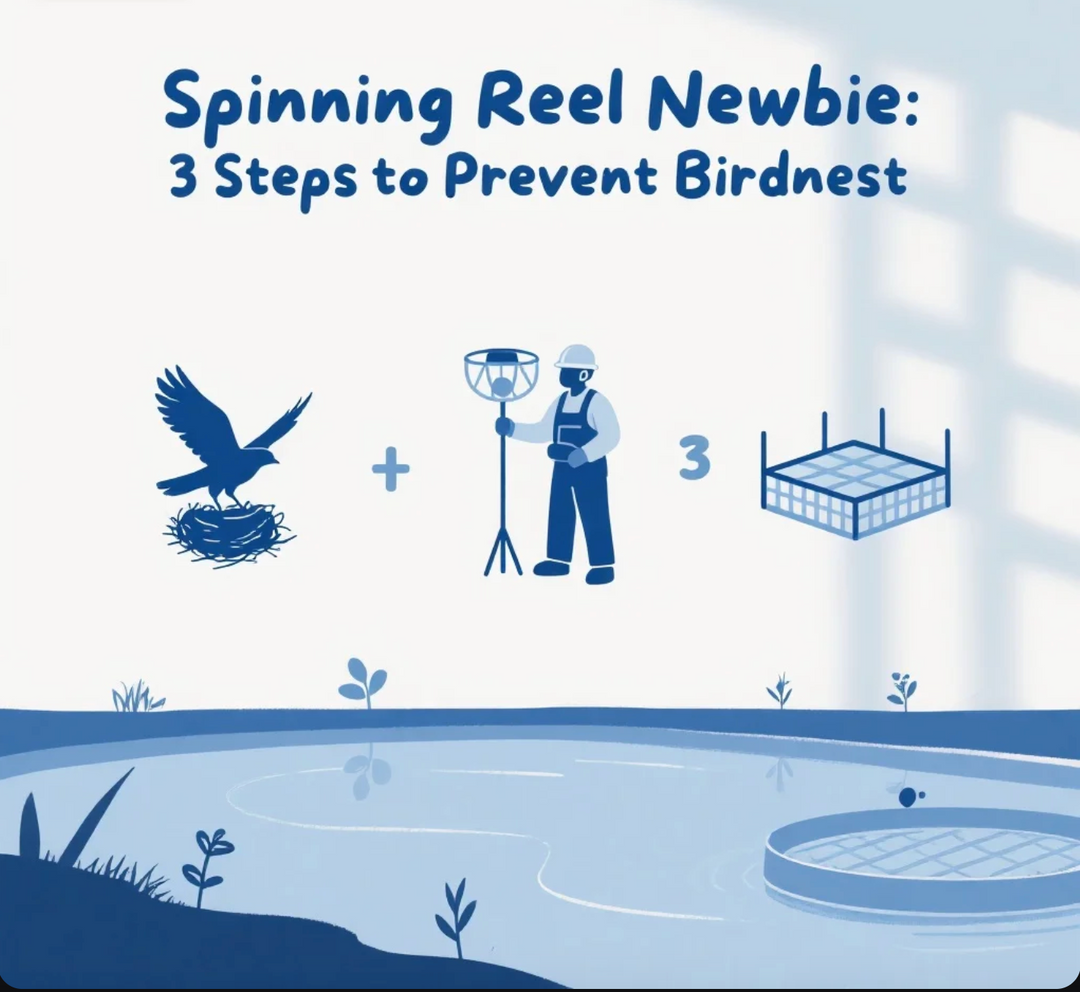Trump-Era Tariffs and U.S. Fishing: How Trade Policies Shaped the Future of America’s Angling Economy
Fishing is more than a hobby in the U.S.—it’s a $150+ billion industry spanning recreational angling, commercial fishing, and outdoor tourism. But few anglers realize how global trade policies, including former President Donald Trump’s landmark tariff initiatives, have reshaped the industry they love. From fishing rod imports to marine gear exports, Trump’s tariffs on China, the EU, and other trading partners sent shockwaves through supply chains, altering everything from retail prices to domestic manufacturing. Let’s dive into how these policies impacted America’s fishing economy—and what it means for anglers today.
The Trump Tariff Blueprint: A Quick Refresher
Between 2018 and 2020, the Trump administration imposed tariffs on roughly $360 billion worth of Chinese imports, including machinery, electronics, and consumer goods. Key to fishing: tariffs on Chinese-made fishing equipment (e.g., rods, reels, lines, and lures) jumped from 10% to 25% in 2019. Additionally, tariffs targeted the EU (25% on steel, 10% on aluminum), Canada (duties on aluminum and softwood lumber), and other nations, raising costs for raw materials critical to boat manufacturing and gear production.
Impact #1: Imported Gear Got Pricier—Fast
For U.S. anglers, the most immediate effect was soaring costs for imported fishing gear. China dominates global production of entry-level to mid-range rods, reels, and synthetic lines (accounting for ~60% of U.S. imports pre-2018). The 25% tariff turned a 125 purchase overnight.
- Case Study: Bass Pro Shops & Cabela’s: These retail giants reported a 15–20% drop in sales of budget-friendly gear in 2019, as price-sensitive anglers delayed upgrades or switched to used equipment.
- Reel Makers: Companies like Shimano and Daiwa, which source components from Chinese factories, raised retail prices by 10–15%, squeezing middle-class anglers.
Impact #2: Domestic Manufacturers Saw a (Temporary) Boom
While imports became costlier, U.S.-based fishing gear companies got a lifeline. Brands like Penn Fishing Tackle Manufacturing Co. and Okuma Fishing Tackle saw increased demand for “Made in USA” products, as anglers and retailers sought tariffs-free alternatives.
- Penn’s 2020 Annual Report: Highlighted a 22% surge in domestic sales of spinning reels, driven by “patriotic purchasing” and duty-free pricing.
- Small Shops: Artisanal rod builders (e.g., those crafting custom fly rods in Montana or Florida) reported a 30% rise in inquiries, as anglers prioritized supporting local businesses.
Impact #3: The Commercial Fishing Industry Faced Hidden Costs
For commercial anglers and seafood processors, tariffs hit harder through supply chain disruptions. Key inputs like steel (for boat hulls), aluminum (for tackle boxes), and even bait (e.g., frozen squid from China) faced duties, raising operational costs.
- Alaska Salmon Fisheries: Processors relying on Chinese-made freezing equipment saw production delays and a 12% increase in labor costs to offset tariffs.
- Mid-Atlantic Crabbers: Vessels needing steel repairs post-Hurricane Sandy faced 25% tariffs on imported steel plates, delaying fleet recovery by months.
Impact #4: Retaliation Hit U.S. Exports
Trump’s tariffs weren’t one-sided. China, the EU, and Canada retaliated with duties on U.S. goods—including sportfishing exports. For example:
- U.S. Recreational Boats: China imposed a 25% tariff on American-made boats, cutting exports to its growing middle class by 40% in 2019.
- Fishing Lures: EU tariffs on U.S.-made soft plastics (e.g., Yamamoto Senko) led to a 20% drop in sales to European angling markets.
Long-Term Shifts: Has the Industry Recovered?
The Biden administration rolled back some Trump-era tariffs in 2021 (e.g., reducing tariffs on Chinese solar panels and semiconductors), but many fishing-related duties remain. Today, the industry has adapted:
- Nearshoring: Some brands shifted production to Vietnam, Thailand, or Mexico to avoid Chinese tariffs—though costs remain higher than pre-2018.
- Domestic Innovation: U.S. companies invested in automation (e.g., 3D-printed reel components) to reduce reliance on cheap overseas labor.
- Consumer Behavior: Anglers now prioritize “value over price,” with many opting for mid-range gear that balances durability and affordability.
What This Means for Anglers Today
Trump’s tariffs reshaped the fishing industry in lasting ways:
- Prices: Entry-level gear is pricier, but high-end “Made in USA” products are more accessible.
- Choice: Shoppers now have more domestic options, though imports still dominate the budget market.
- Community: Support for local businesses and brands has grown, fostering a “buy American” culture in angling circles.
Final Thoughts: Trade Policies and the Future of Fishing
Trade policies are rarely simple, but for America’s anglers, Trump’s tariffs were a double-edged sword. While they hurt pocketbooks in the short term, they also spurred domestic innovation and resilience. As the industry continues to adapt, one thing remains clear: whether you’re casting a Chinese-made spinning rod or a locally crafted fly rod, the love of fishing endures—tariffs or not.
Interested in supporting U.S.-made gear? Check out brands like Penn, Okuma, or local rod builders—your purchase helps keep America’s fishing legacy strong.











Leave a comment